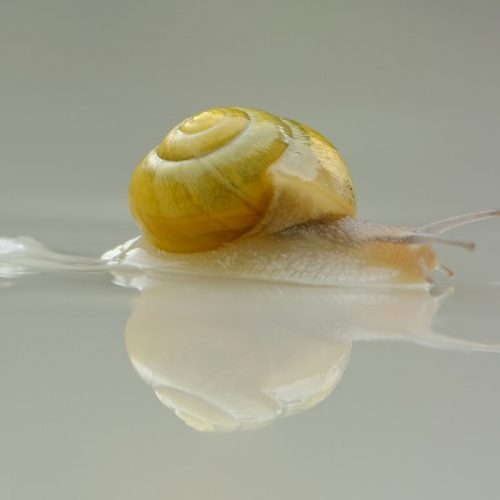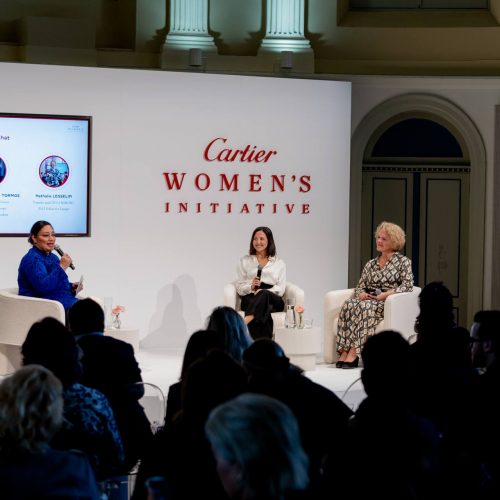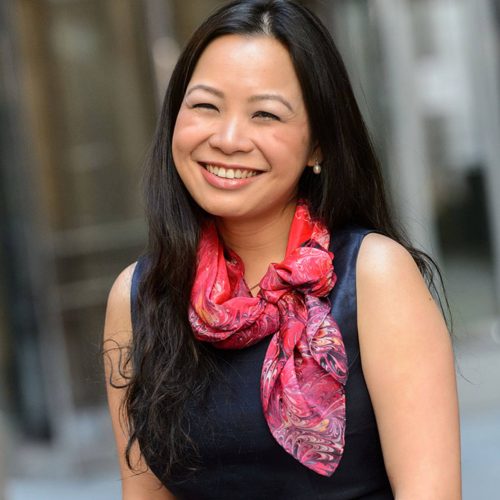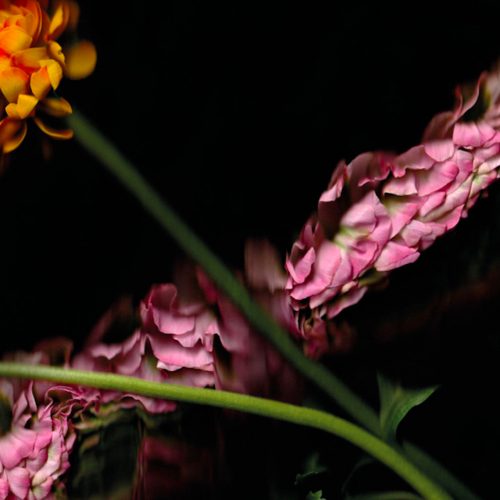Seeds | Complex Identities And Human Reliance
Dark, deep, never-ending. The roots wrap and twist, all-consuming. A small piece, a seed began this forest. Its innate power is something we cannot grasp. It travels, germinates, growing beyond our reach. As a species of domination, the seed escapes our control.
To receive the Luxiders Newsletter, sign up here.
A seed in our palm. Its insignificance, its slightness, is deceiving. A small kingdom rests in our hands, its potential unknown, its utopia not yet discovered. We think of ourselves as the authority over nations, but it is the seed that truly reigns over our Earth. Yet, here it sits, in our hands, ignored.
INTERVIEW WITH THIERRY ARDOUIN
Thierry Ardouin watches this seed, inspiration building after his recent meeting with landscape gardener Gilles Clément, theoretician of the jardin planétaire (planetary garden) and one of the authors collaborating with him on the book Seed Stories. Ardouin’s world shifts to a more precise, focused perspective. In such a small object as a seed, he realizes a limitless potential. A seed can travel without restriction, flying, floating or being transported by animals; it is a representation of true freedom. A seed starts to form in the photographer’s mind: an exploration into the seed, an exhibition—and its roots begin to grow.
Ardouin has always been heavily inspired by architecture and the environment, so it was no surprise when he started to focus a new project on seeds and their complex relationships with humans and the environment. Co-founder of Tendance Floue, a collective of French photographers, Ardouin insists he is not an activist. “My photography is not an activist one. Rather, my work is to show a situation, a state and to drive people to questions.”
His exploration of seeds culminated in his exhibition, Seeds, the Exhibition, which he worked on tirelessly with his team. In it, seeds became individual. Each with its own portrait, lit monolithically, its own unique history accompanying it. Under Ardouin’s lens, each seed became a story of heritage, origins and culture. Even Ardouin himself was not immune to the grandeur of his work: “When I was at the printing laboratory, I saw my images in large size for the first time. I was used to only seeing them as files on my computer screen. I was so moved!” For him, the seed became so much more than a simple object. “The seed became highly symbolic. It reminded us of our origins. Human beings come from a tiny seed. Most of our foods are based on seeds and even when they’re not seeds, they’re plants.” For Ardouin, seeds are our saviours and life-givers, providing humans with sustenance. It is clear that seeds are so much more than unborn plants.
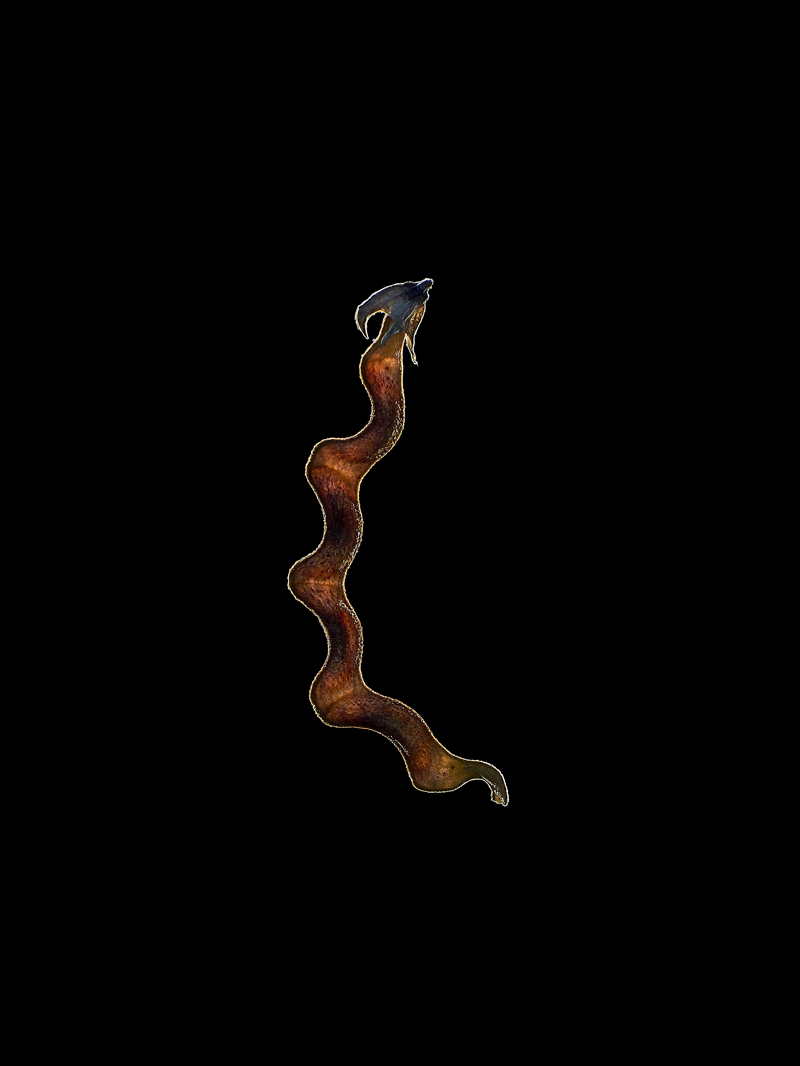
FABACEAE, Hippocrepis scorpioides Benth., hippocrépide ciliée. Collection MNHN. 2018
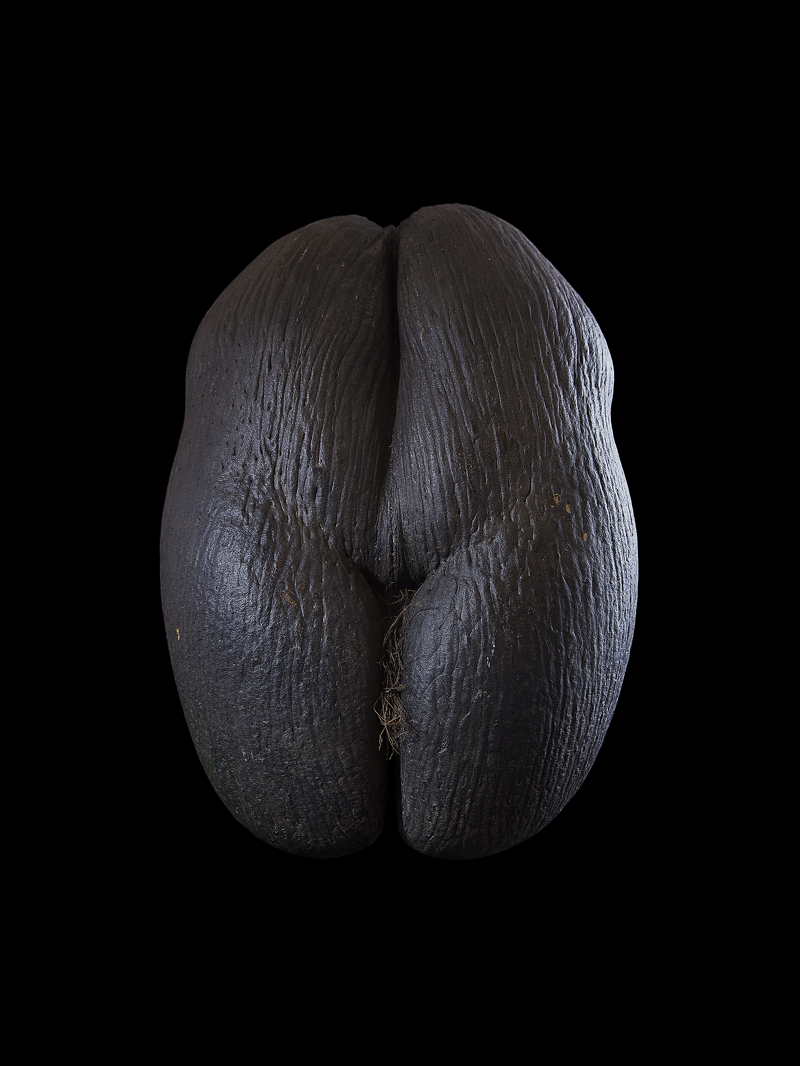
ARECACEAE, Lodoicea maldivica (J. F. Gmel.) Pers., coco-fesse / cocotier de mer. Collection MNHN. 2018

FABACEAE, Medicago arborea L., luzerne en arbre. Collection MNHN. 2018
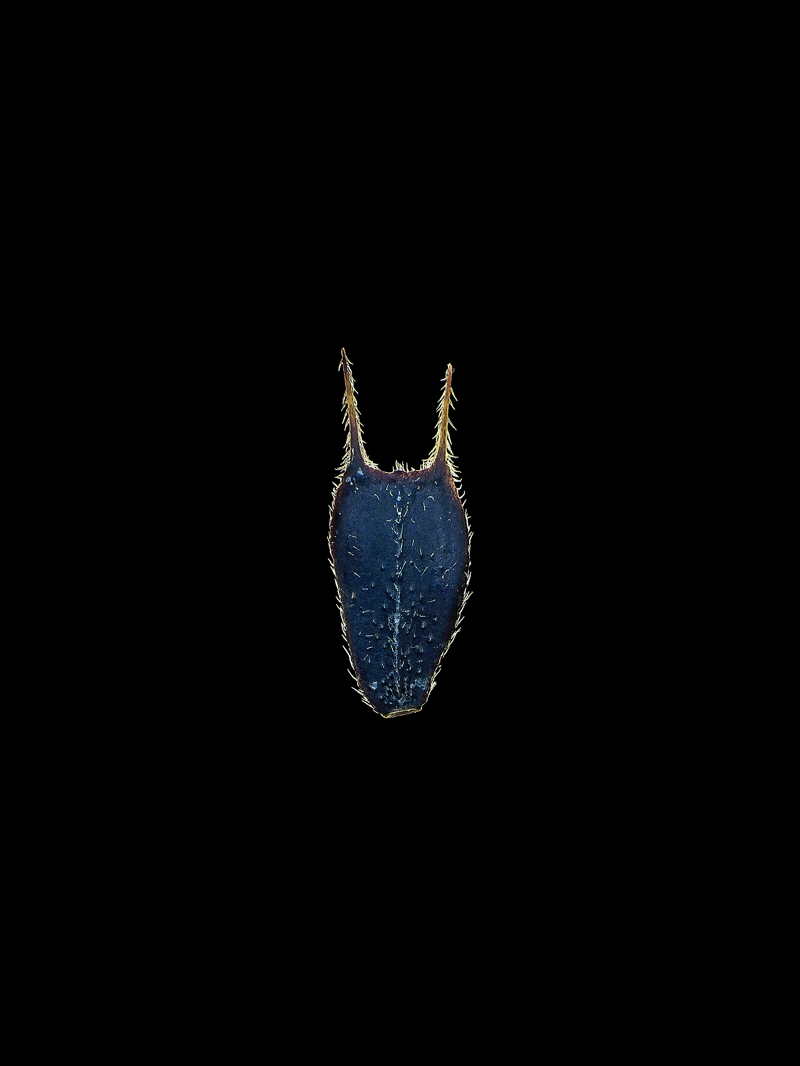
ASTERACEAE, Bidens frondosa L., bident à fruits noirs. Collection MNHN. 2018.
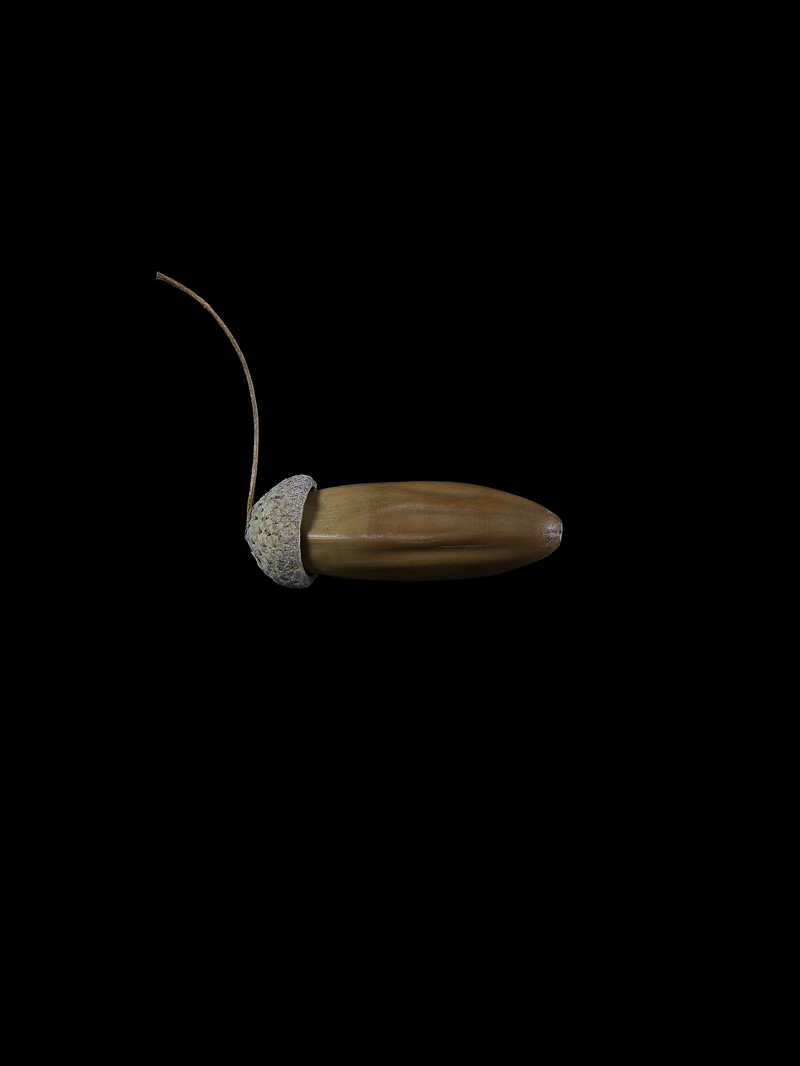
FABACEAE. Quercus robur L. Chêne pédonculé. Collection MNHN 2018.
Not only are seeds our sustenance, but they are also our healing. Ardouin notes that “allopathic medicine has a duty to discover molecules in plants for the development of modern medicines.” One example of this is the discovery of aspirin. Ardouin quickly became fascinated by our ancestral relationship with seeds, stating, “Our knowledge of medicinal plants is an ancestral one that we must protect and pass down.”
Over time, Ardouin began to view each seed as a separate entity, independent of one another. Working in close proximity to his subjects, he found himself resonating with certain species. “The unusual shapes and aesthetics of some began to create images in my head, reminding me of where they came from.” He shares some examples: “This is for the Trapa bicornis, a plant grown in rice fields; it always made me think of a water buffalo. Or with sea rocket found on the coastline, [the seed] looks like a small fish.”
When considering his next project, Ardouin is planning to turn his passion towards extinction. “I’m interested in the sixth mass extinction, primarily in insects. It was a German scientist’s research which drew my attention.” The environment is still at the forefront of his fascination, just in a new form. “I’m working on the best way I can report with photography or with another medium. Photography is not always the best way to grab some topics!”
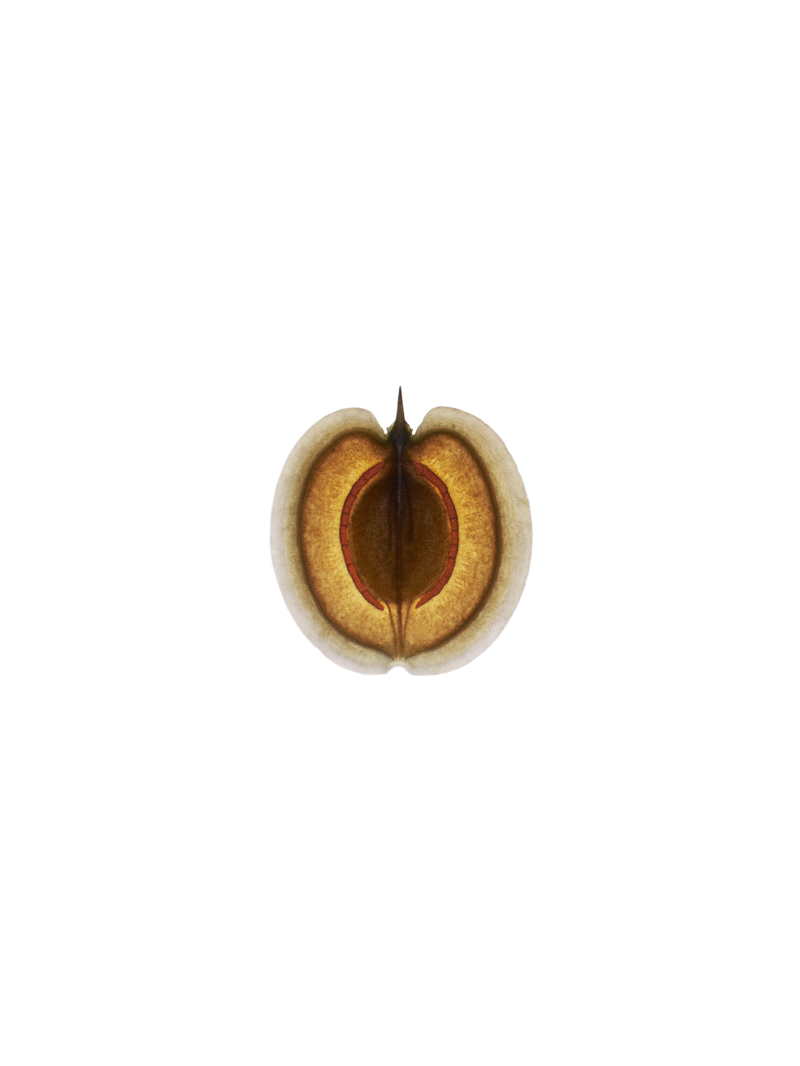
APIACEAE, Malabaila aurea (Sm.) Boiss., malabaila. Collection MNHN. 2011
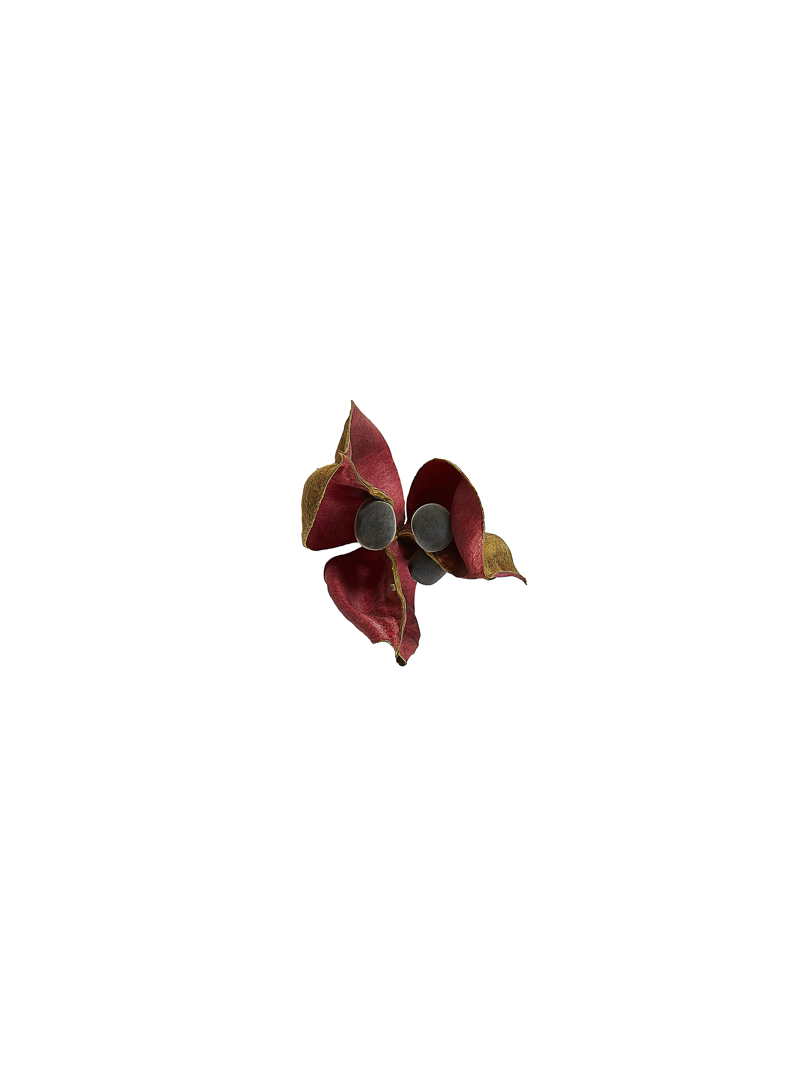
SAPINDACEAE, Majidea zanguebarica J. Kirk ex Oliv., perle de Zanzibar. Collection MNHN. 2018

CAPRIFOLIACEAE. Lomelosia stellata (L.) Raf. Scabieuse étoilée. Collection MNHN 2011
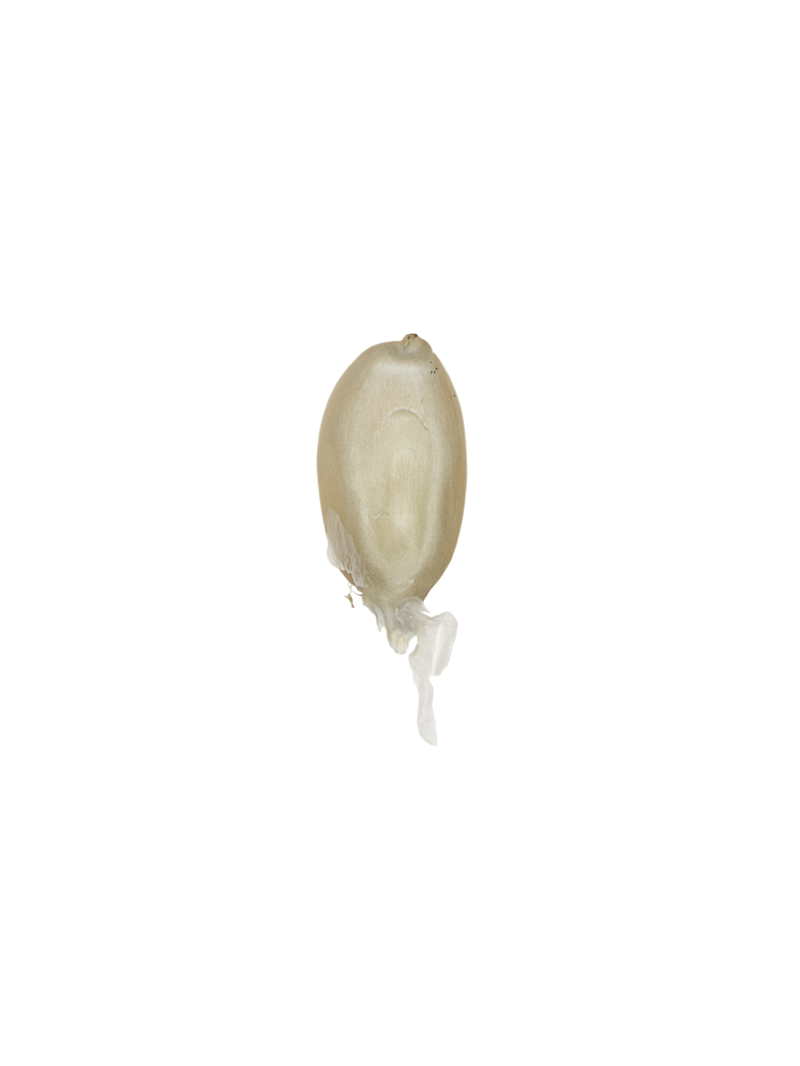
POACEAE. Zea mays L. Maïs variété japanese Hulless. Collection Kokopelli 2009.
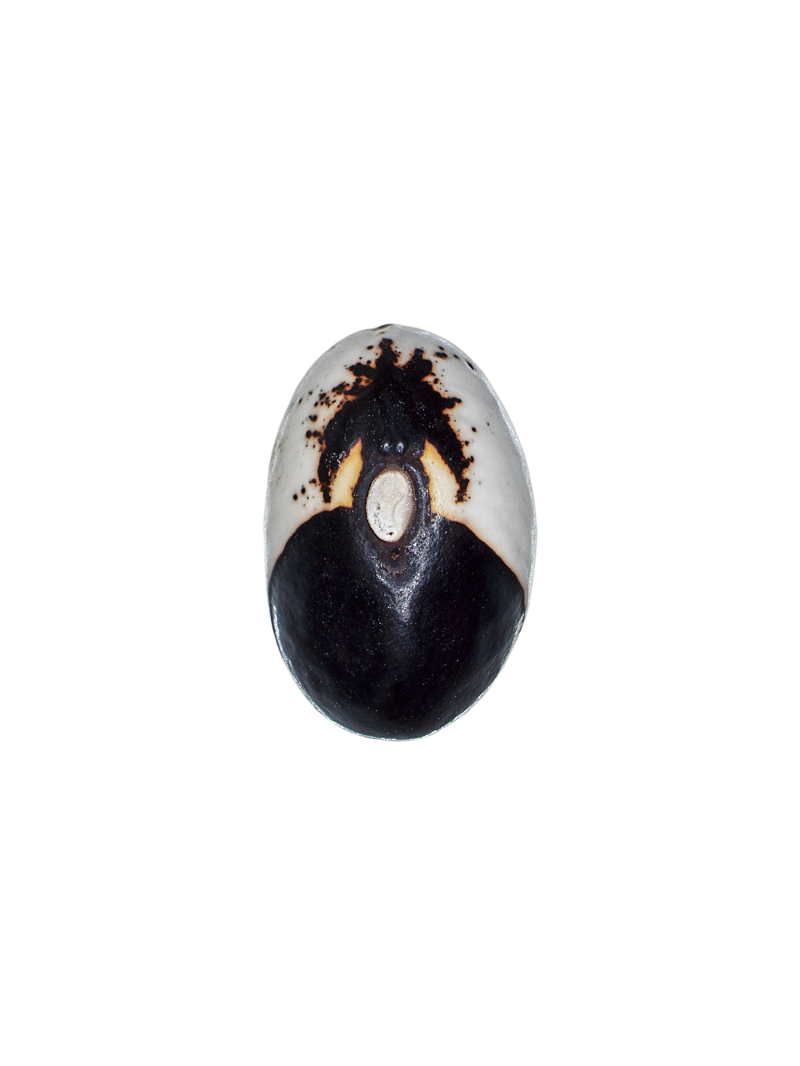
FABACEAE, Phaseolus vulgaris L., haricot variété Starazagorski. Collection Kokopelli. 2009
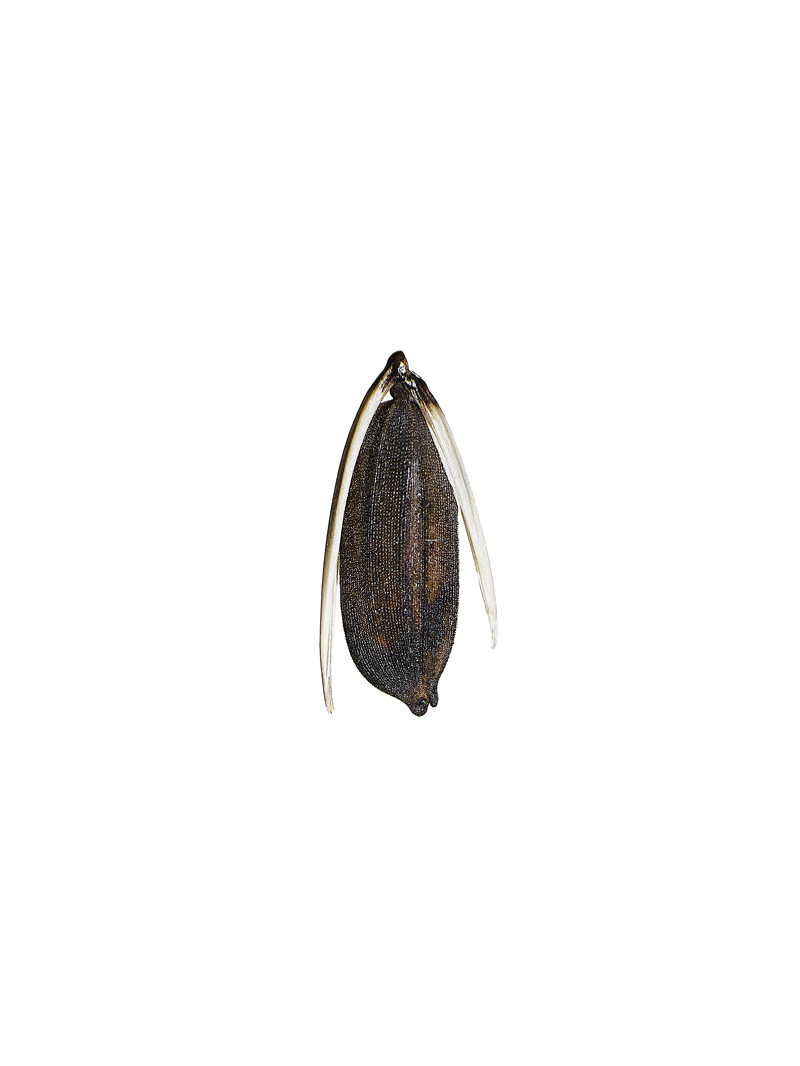
POACEAE, Oryza sp., riz variété Djinga. Collection Cirad. 2019
This interview was published in Luxiders Magazine Issue 8.
To buy the Magazine, click here.
All Images:
© Thierry Ardouin
Words:
Emily Formant
Luxiders Magazine

